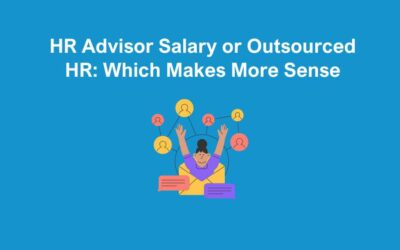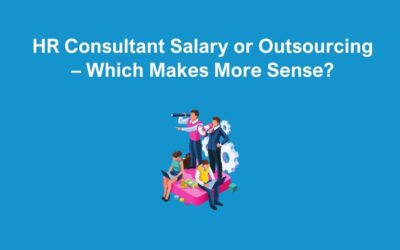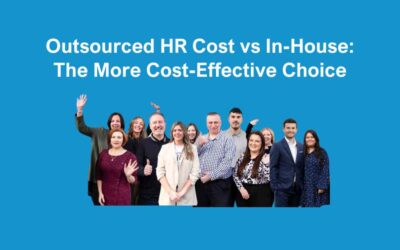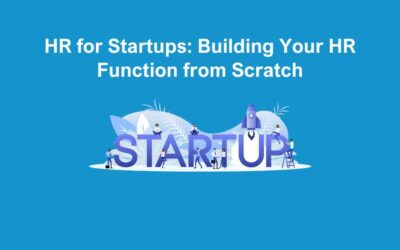In the tumultuous year of 2020, the entire world grappled with unprecedented challenges. The relentless spread of the Covid-19 virus brought about constant shifts in restrictions and an aura of uncertainty that loomed over all aspects of life. Naturally, this global upheaval took a profound toll on people’s mental health, leaving individuals and communities grappling with anxiety, stress, and a sense of unease. As we find ourselves confronted with the prospect of a second lockdown, the issue of health and wellbeing in the workplace becomes even more critical. It has never been more imperative to foster a supportive and empathetic environment for your team.
The prospect of another national lockdown may feel like an endurance test for everyone within your organization. Nevertheless, there is a multitude of strategies that can be employed to help fortify your employees’ resilience and wellbeing during these trying times.
Here are some comprehensive suggestions to consider:
-
Emphasize the Importance of Breaks: The first week back after an extended break can be overwhelming, especially considering the ongoing challenges. It is crucial to remind your employees to take regular breaks. Encourage them to step away from their workstations for a short coffee break or to take a refreshing walk outdoors during lunchtime. This practice can significantly contribute to clearing their minds and rejuvenating their spirits. For those who are working from home, stressing the significance of these breaks becomes even more critical.
-
Promote Daily Exercise: One valuable lesson we gleaned from the initial lockdown was the importance of daily exercise in enhancing overall wellbeing. Encourage your employees to incorporate physical activity into their daily routines. This can be as simple as taking a daily walk or, if feasible, offering them access to free online fitness classes that they can participate in from the comfort of their homes. Regular physical activity not only benefits their physical health but also plays a pivotal role in bolstering their mental resilience.
-
Prioritize Communication: Effective communication is a powerful tool in improving mental health. Make it a practice to regularly check in with your employees, showing them unequivocally that you are there to support them. Open and honest communication can help alleviate feelings of isolation and anxiety. Moreover, it fosters a sense of camaraderie within the team, ultimately boosting morale and creating a more supportive work environment.
-
Encourage Work-Life Balance: In the era of remote work, maintaining a healthy work-life balance has become more challenging than ever. Encourage your staff to establish boundaries by switching off at a specific time and putting their work-related equipment out of sight during evenings and weekends. This conscious separation between work and personal life is pivotal in preserving their mental and emotional wellbeing.
-
Establish a Wellbeing Plan: Having a structured wellbeing plan in place is essential to provide your team with the necessary resources and guidance. Ensure that your employees are aware of the available resources, such as Employee Assistance Programs (EAPs) or mental health support services. Additionally, consider organizing workshops or webinars on stress management, mindfulness, and emotional resilience.
In times of adversity, the strength of a team shines brightest when they support and uplift each other. If you require further assistance or advice on how to support your employees during these challenging times, please do not hesitate to reach out to us. We are committed to helping you navigate these uncharted waters and promoting the health and wellbeing of your team.
It’s important to have a wellbeing plan in place to provide your team with resources. If you would like any further advice on how to support your employees during this difficult time, contact us now.







